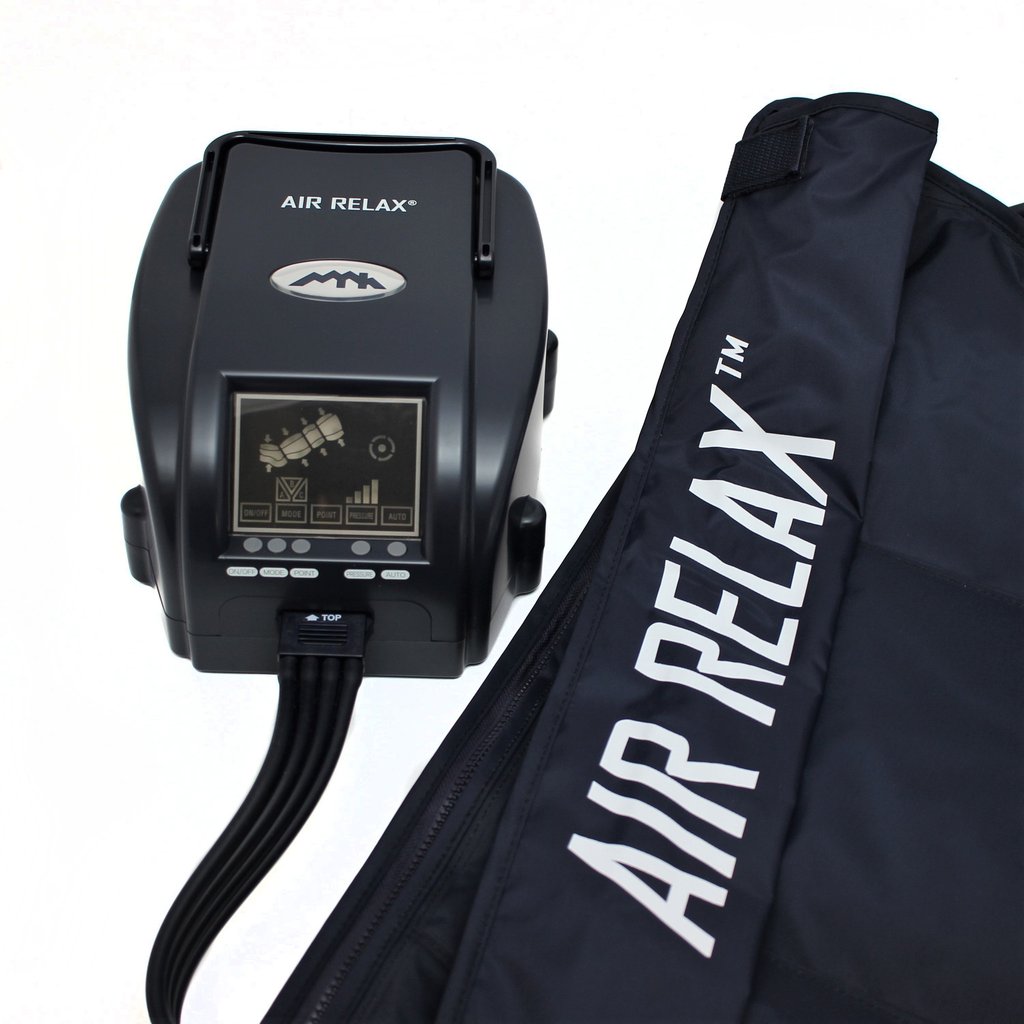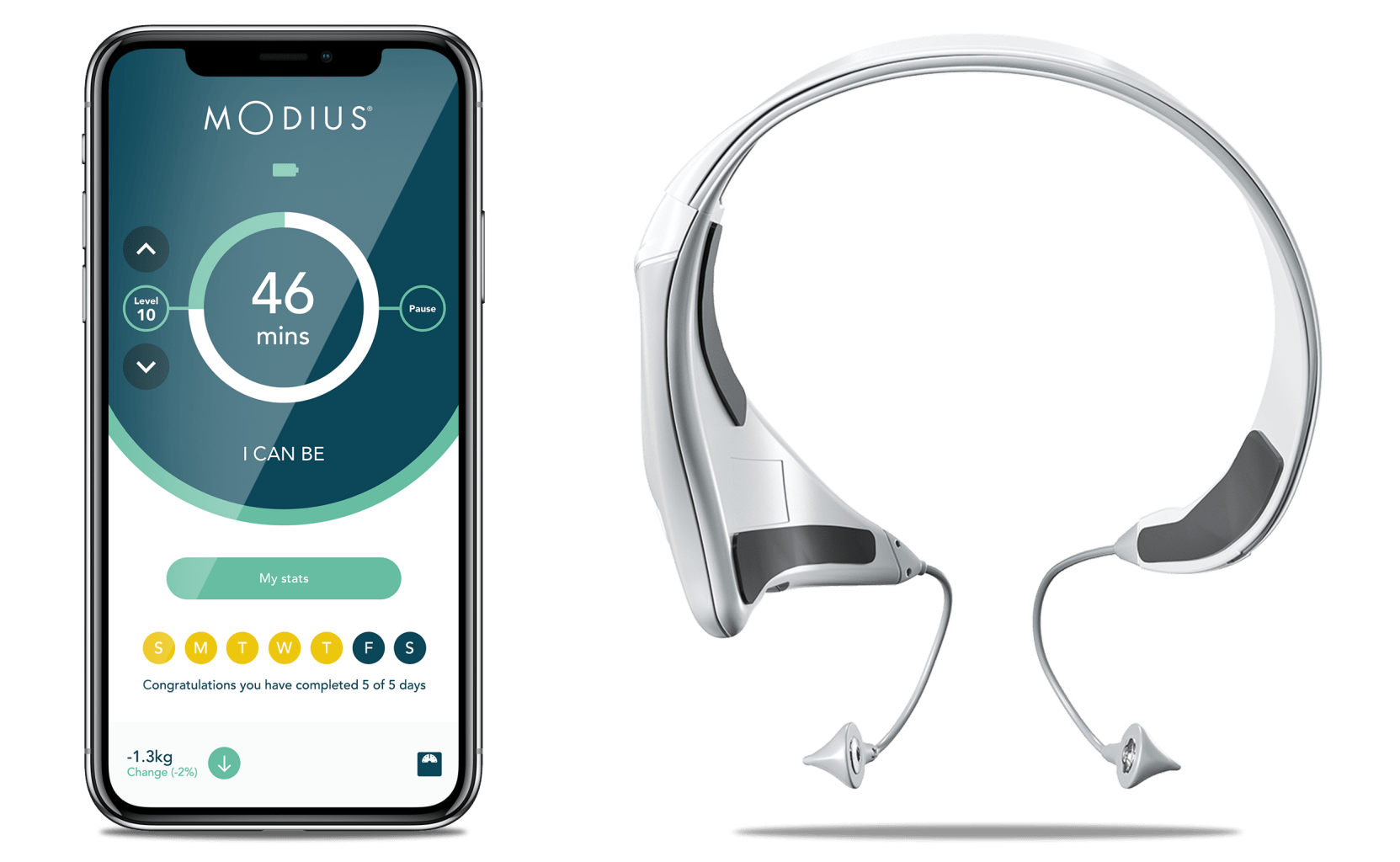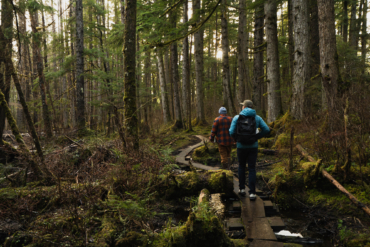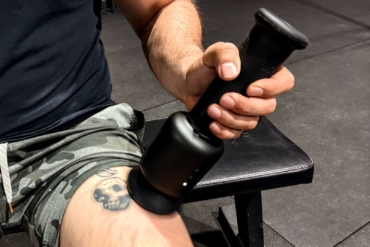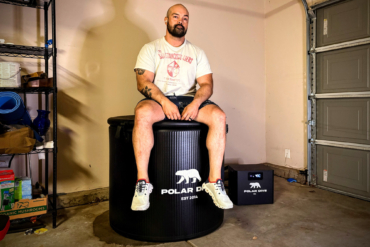Train smart, rest up, and perform better. Pro adventure athletes share their favorite active recovery tips and tools.
As full-time athletes (we spend part of the year focused on extreme endurance races and the other part teaching elite acrobatics), my husband, Jason, and I are constantly pushing our bodies to the limit.
The number one training secret we’ve learned this decade has nothing to do with how to train, but everything to do with how not to train. More specifically, we’ve learned the art of recovery.
Learning the Art of Active Recovery
In the beginning, we were under the commonly held belief that training more was always better. But Renee Metivier and Recharge Sport changed all that. Metivier is a professional runner who was unlucky enough to tear her Achilles tendon in 2011. After spending several months recovering at the Olympic Training Center in Colorado Springs, she returned to Bend, Ore., with a vision to make a comprehensive recovery center available to everyday athletes.
My husband and I wandered in later that year, and our athletic endeavors have never been the same since. Over the past four years, we’ve spent countless hours recovering alongside some of the most elite athletes in the country — from champion ultrarunners, cyclists, and CrossFitters to Olympic skiers, bobsledders, and triathletes.
And along the way, we became believers.

Tips to Recover Like a Pro
Even if you’re not able to visit a recovery center, we have a few tips that don’t require any gear at all.
1. Prioritize Active Recovery
Recovery doesn’t mean sitting on the couch all day eating chips and watching TV. When you have a rest day, make it count by taking focused time to roll our your muscles, do some yoga, drink a ton of water, and walk or bike for 30 minutes to an hour, keeping your heart rate moderate (below 120 or so). All of these activities help built up lactic acid in your muscles move out of the body.
2. Sleep
I said it before, and I’ll say it again: Sleep is very important for recovery. The number one recovery advice that we give is to make sure you get at least eight hours of good uninterrupted sleep a night. Training hard taxes your adrenals and puts your body under stress. The only way to let the body come down and get replenished is to have some good sleep. So, get yourself some tonight!
3. Timing
As endurance racers who race for days on end and who often have training missions that last over 18 hours, we have a rule that for every six continuous hours we are out racing or training, we get a day of active recovery. For every 18-24 hours, we get a full week. So a long race like the upcoming Patagonian Expedition Race (estimated winning time seven nonstop days) will likely see us staying in our recovery zone for nearly two months post race!
Active recovery for these scenarios includes walking, riding, climbing, and yoga — we just don’t raise our heart rates up to threshold during our active recovery phase. We find that for us, this timeline lets our bodies and minds “come back down” and get excited for the next phase of training.
4. Recognize the Signs of Overtraining
While it’s different for everyone, we can generally tell if we’re overtraining by the overall “stoke” level. When we train other athletes, we ask them constantly about how they are feeling before, during, and after their training. This gives us a sense of their overall “stoke pattern.” If at any point it diminishes, we ask them to take more rest days until they are itching to get out there again. It’s important to stop yourself before you get overly fatigued, which can lead to injuries and other health problems.
Our Favorite Active Recovery Gear
After years of competing and recovering, we’ve tested lots of recovery gear. Below are our the newest top picks we’re using to avoid injury and keep in racing shape.
Editor’s note: Our testers are professional athletes and they loved these products. But they are athletes, not medical professionals. This isn’t a scientific study, so do your research and talk with a medical professional if you’re facing illness.
Air Relax Pneumatic Compression Garments: $410
The Air Relax system is similar to the more well-known Normatec Pulse but over $2,000 cheaper, which makes it much more feasible for home use. Performance-wise, we’ve found it to be nearly indistinguishable from the Normatec. And it even has a few features we like better, including the preprogrammed cycles, higher pressure, and open-ended shape that allows my husband and I to use the same boot despite our size difference.
The only downside to the Air Relax system compared to the new Normatec is portability. The Normatec Pulse is rechargeable, but the Air Relax requires an outlet. But unless you plan on using this to recover at a campsite, or relaxing on a park bench post run, this is certainly not a dealbreaker.
Marc Pro: $650
This one-of-a-kind electronic muscle stimulation device has been our answer to training hard and staying injury free while on the road. Its patented technology helps muscles recover fast by flushing out waste and delivering nourishment to the necessary areas in a non-fatiguing way that lasts until my next workout.
For the past several years, this single device has helped my husband and I compete on the top level as adventure racers as well as teach and train high-level acrobatics for our day job. With over 10 hours of continuous-use battery life, we take it everywhere with us: on planes, in the car, and even when working on the computer at home. It has been our companion on many trips and through multiple injuries and races. Read the full review here.
Paleo Pro Bone Broth Collagen Protein: $36
While we do love a good cup of coffee, first and foremost we start the day with a smoothie with Paleo Pro Bone Broth Collagen Protein or a hot cup of it on its own. All the Paleo Pro Products are sourced from 100 percent grass-fed and pasteurized cows with no added hormones and additives and is very minimally processed. Jason used it to speed up his recovery from major hip surgery, and since then we have made it a part of our daily habit. While it is on the more expensive side of the bone broth protein powders, the quality makes it a worthy investment.
Amp Human Performance PR Lotion: $35.00
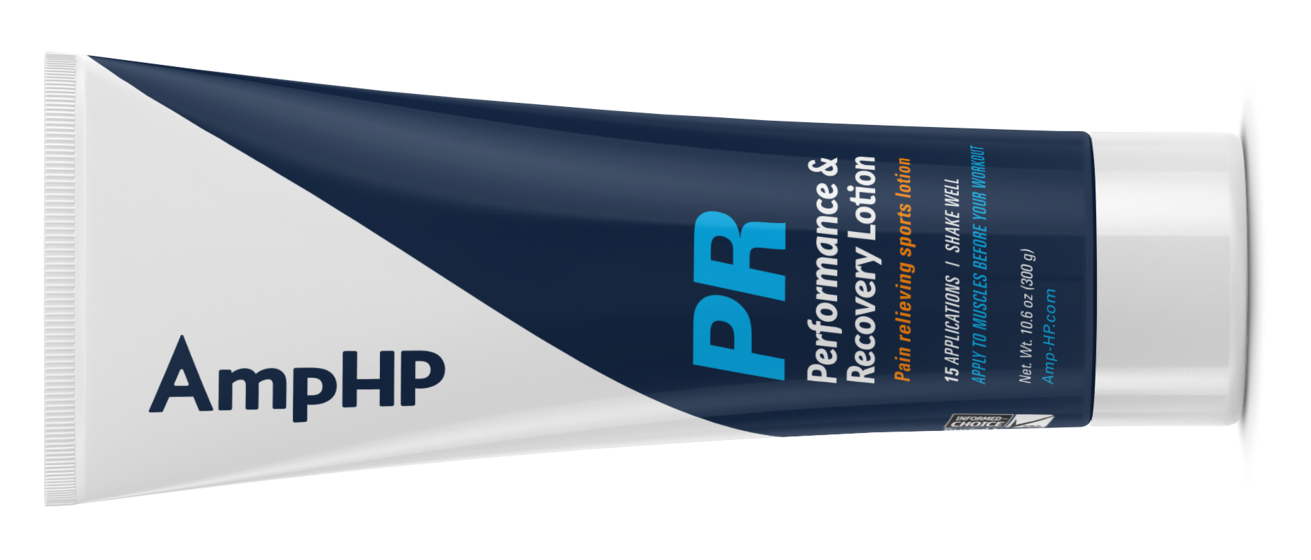 Unfortunately, this won’t give you brand new legs. But after use, we did find it noticeably helped with muscle fatigue during training and with delayed-onset muscle soreness afterward. Amp Human Performance uses sodium bicarbonate to alkalize the blood and muscle, which puts a halt to acid build up and ultimately lets you perform better for longer.
Unfortunately, this won’t give you brand new legs. But after use, we did find it noticeably helped with muscle fatigue during training and with delayed-onset muscle soreness afterward. Amp Human Performance uses sodium bicarbonate to alkalize the blood and muscle, which puts a halt to acid build up and ultimately lets you perform better for longer.
Modius: $499.00
Currently marketed as a headset that helps curb the appetite, this device was originally made to help people sleep better for a longer amount of time. As an athlete, I don’t need to count my calories or curb my raging appetite. However, I do find myself staying up way too late and then not being able to get a full deep sleep because my brain is too full and active.
The device is a headset that you put on for one hour per day. In that hour, the Modius stimulates a nerve behind the ear and that can feel tingly at first and then eases into a relaxing sensation. The Modius works its magic by sending “I’m full” signals to your brain that help you sleep better (think about the feeling after a big Thanksgiving meal).
We’re still experimenting with the best time to use this as part of a sustainable routine and want more time before we draw big conclusions. But it feels promising so far.

